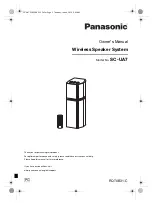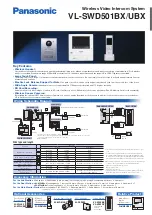
36
8. Maintenance
The maintenance and service must be performed by a trained expert.
8.1 Heat exchanger
Note:
If the water is hard, limescale deposits can build up on hot areas of the heat exchanger at high water temperatures. These should be removed at regular
intervals by appropriate means (e.g. flushing). Only use substances approved for use with domestic water and heating water.
Information regarding the hardness of the domestic water:
The propensity for natural water to form limescale deposits depends, among other things, on various factors such as the concentration of calcium and
magnesium salts, the pH value and the temperature. If what is known as the lime-carbonic acid balance has been disturbed by an increase in the pH
value and/or the temperature, the calcium carbonate precipitates in the form of calcite crystals. The applicable standards and corresponding technical
regulations (e.g. DIN and DVGW) must therefore be observed.
Hardness range
Millimoles of calcium carbonate/ litre
Degree of hardness in °dH
Risk of limescale deposits depending on the domestic water temperature
< 60°C
60 – 70°C
> 70°C
Soft
< 1.5
< 8.4
low
low
low
Average
1.5 – 2.5
8.4 – 14
low
low
medium
Hard
> 2.5
> 14
low
medium
high
Note:
Request a water analysis from the local utility companies for testing in the case of known risks or contested water quality.









































